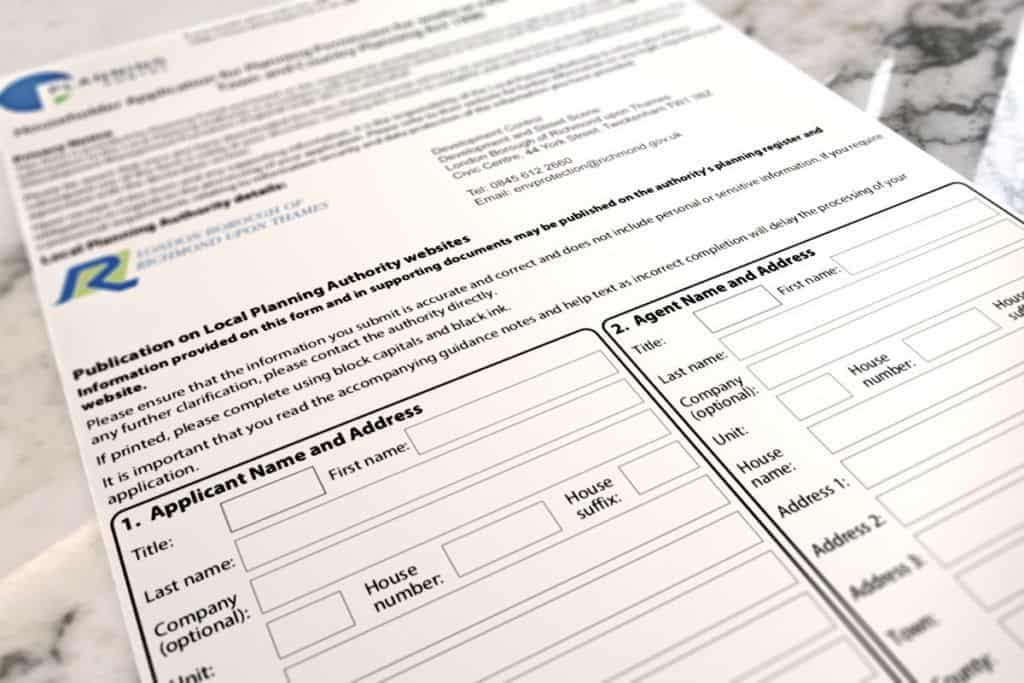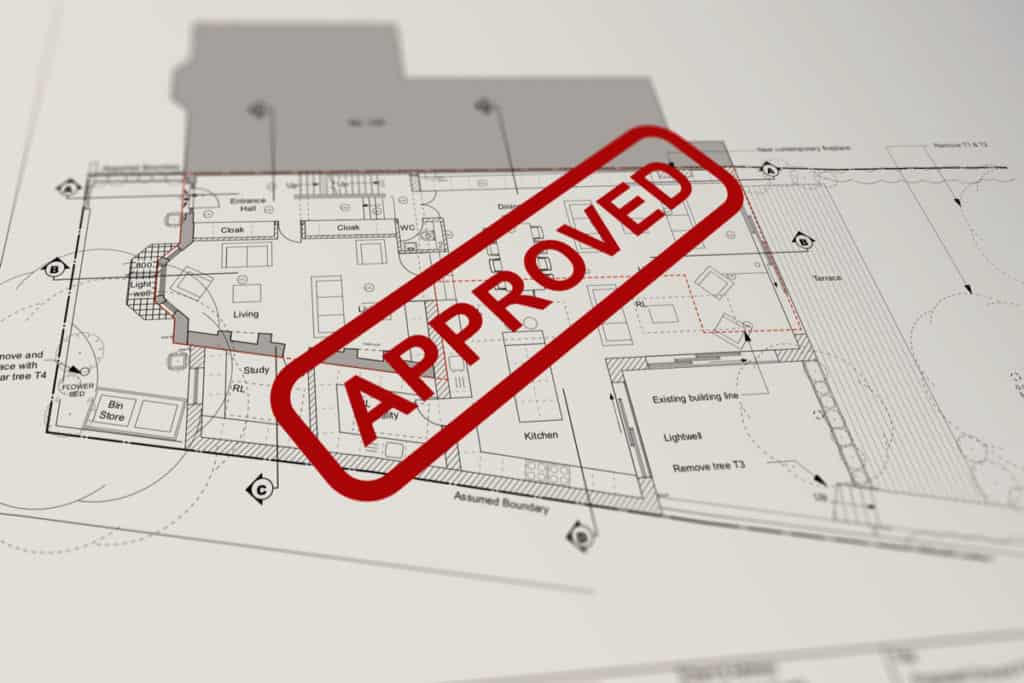BLOG
INTERESTING STUFF
THAT CAUGHT OUR EYE
How to Submit a Planning Application

Submitting a planning application is the first step to building your dream home. Between a quarter and a third of planning applications are unsuccessful, depending on borough, so it’s very important that you know how to apply correctly. The last thing you want is to have to repeat the process due to a technicality.
First of all, do your research
Before submitting a planning application you should commission your architect or a planning consultant to carry out a pre-design report to find out what your local authority’s planning requirements are and how likely it is that your proposals will receive permission.
Every local authority has their own local plan which determines what documentation is required as well as their general attitude towards developments. You may also want to engage in pre-planning discussions with your planning officers to receive feedback on your plans, at additional cost.
The more you know about your local planning authority, the more likely you will be to receive planning permission and the less time you will waste developing plans which have no chance of being approved.
If you want to learn more about how to increase your chance of getting planning permission, click here.
You may not need planning permission at all
Depending on what you want to build, you may not need to submit a planning application at all. Certain works, known as permitted developments, receive planning permission automatically without you having to make an application.
Some examples of permitted developments include:
• Most internal works
• Replacement of windows or doors
• Garage or loft conversions
• Roof lights that do not project more than 15cm
• Dormer windows that do not extend beyond the existing roof line
• Single storey rear extensions no more than 4m in depth (3m in semi-detached or terraced houses) and no more than half the width of the original house
• Two storey rear extensions that do not exceed 3m in depth or sit within 7m of the rear boundary
• Small outbuildings such as sheds or “dens”
Bear in mind that permitted developments apply to the building as it was originally built or as it stood on July 1st 1948 and your permitted development rights can be “used up” by prior works.
For example, if you buy a house that had an extension built before you bought it, you cannot add another extension under permitted development rights as the prior works would have already used them.
Permitted developments also may not apply if your home is in a conservation area, Area of Outstanding Natural Beauty or National Park or if your home is a listed building.
You should always check with your local planning authority to make sure your permitted development rights apply to your plans and apply for a Certificate of Lawfulness, which will mean that the right approvals are in place should ever come to sell your home.
Though you may not need to apply for planning permission, you will still have to apply for Building Regulation Approval from your Local Authority Building Control for any structural works.
Neighbour objections can also put a halt to your plans, so be sure to inform them of your plans as early as possible. Click here for my advice on how to deal with neighbours.
What you need to include in your planning application
Every planning application must include:
• A completed application form and application fee
• A location plan that shows the existing dwelling and your proposals in their context and a site plan that shows your proposals in more detail at 1:100 or 1:50 scale
• Your ownership certificate
• An agricultural holdings certificate, regardless of whether or not your site or proposals are agricultural
• A Design and Access Statement (mandatory in conservation areas) that explains the principles of the design, how it addresses the site’s history and context and the benefits it provides to the house
• If your home is a listed building, you will also need to apply for Listed Buildings Consent and include a room by room Schedule of Works
• 1:20 scale drawings of all exterior alterations for any listed building or homes in a conservation area
In addition to the above, your borough will have local requirements which will require reports from a variety of consultants. It is very important that you are aware of all local requirements before making your application, otherwise you may be denied approval and have to go through the process all over again.
For example, an application for a residential development in Richmond Upon Thames may require flood risk assessments, ecological surveys, sustainability statements, arboricultural assessments, a Construction Management Statement and so on – all of which add to the overall cost of your application.
Each conservation area will also come with its own set of constraints that you will have to comply with, mostly concerned with the appearance of the building from the street.
You should never underestimate the sheer volume of documentation that may be asked of you and it is much safer to over-deliver in this regard than miss out on approval over a missed survey.
It is important that you work with an architect who has a proven track record for successful planning applications in your borough for the type of development you wish to pursue. Not only will they be aware of the local requirements of your borough, but they will have access to all consultants required to compile a complete application.

At DGA, our planning success rate is 99%, which hasn’t been achieved by playing it safe, as you can see from our portfolio. From new, contemporary homes to listed buildings, we tackle the most challenging projects in and around London.
If you want the best chance of getting planning approval without compromising your vision, book a zoom consultation with me by clicking here.
John Dyer-Grimes
